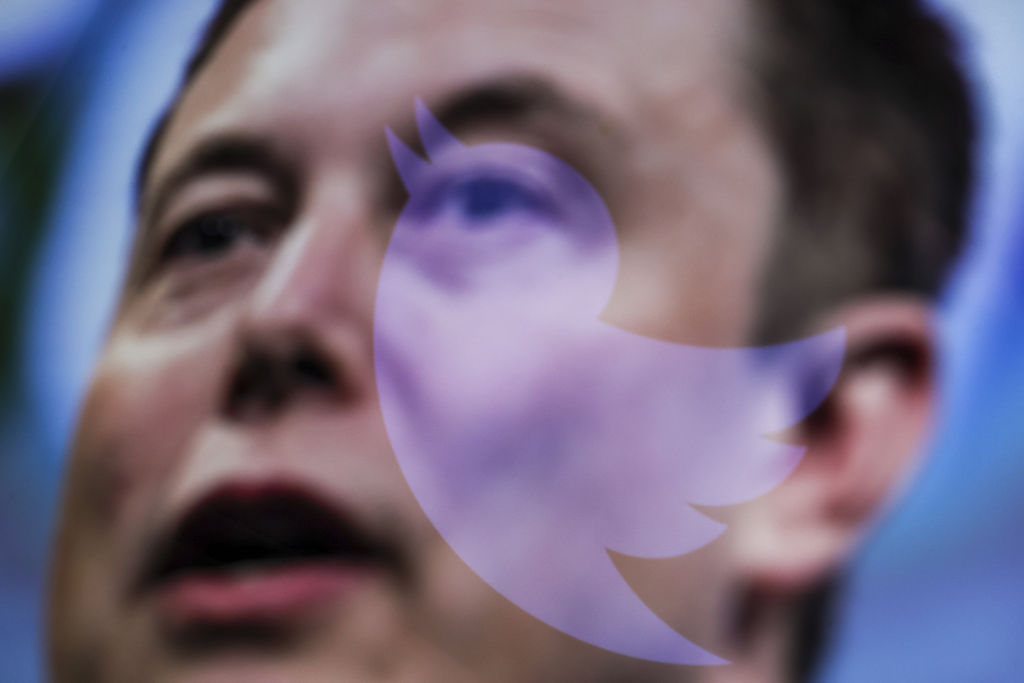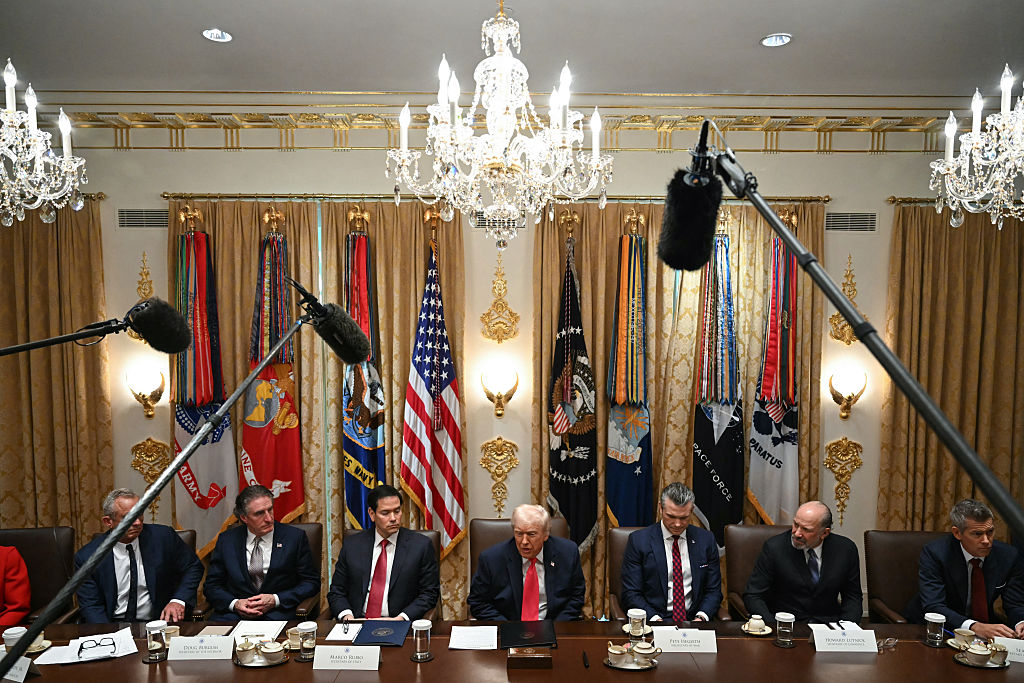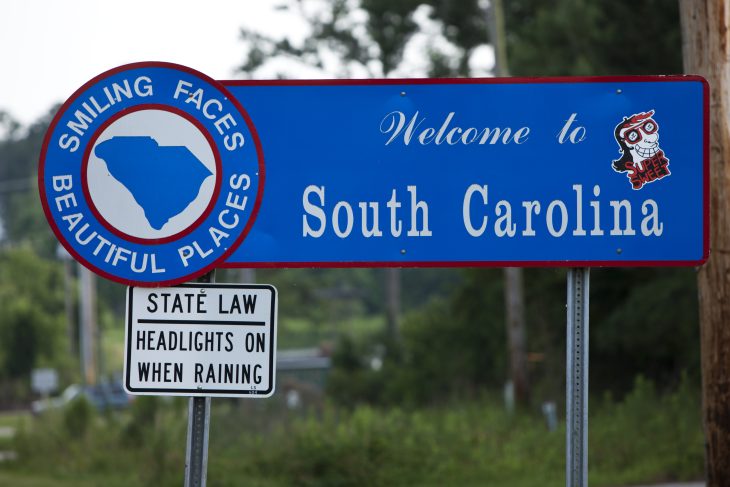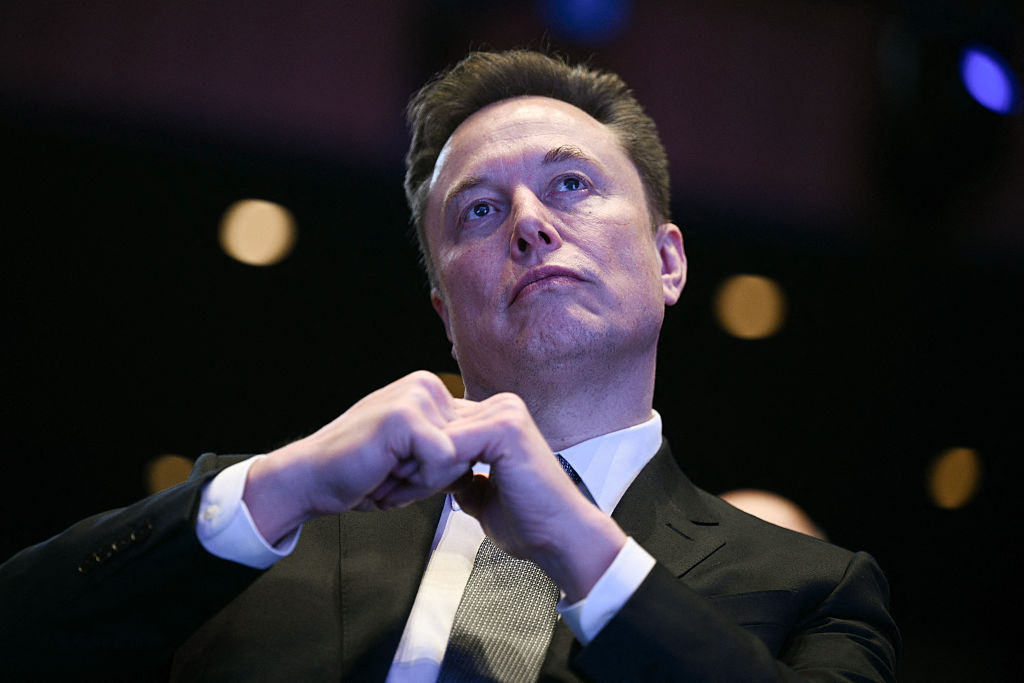Elon Musk has decided it’s too much work for him to be the chief executive of Twitter, a fraying social network, in addition to running Tesla and SpaceX and a potpourri of other startups. He recently named Linda Yaccarino, an NBC ad executive, as the new CEO so that she could focus on business operations and he could focus on product design and new technologies. As an employee of Musk’s, Yaccarino has an impossible mission — to stem the bleeding, appease the advertisers, and, of course, keep her new boss happy.
Good luck to her, I say, for Twitter’s current fortunes are going in only one direction — south. When Musk acquired Twitter, he paid $44 billion for a company that no one else wanted nearly as much. Since then, its value has fallen to almost $20 billion. And even that is generous. A back-of-the-envelope comparison to Snap, another struggling social platform, shows that Twitter’s business is no Tesla.
Snap, a TikTok rival, has 600 million monthly active users and 330 million daily active users. Analysts estimate that Snap will bring in about $4 billion in revenue this year, and stock markets value Snap at around $14 billion or about 3.2 times its 2023 sales. Now compare this to Twitter. Twitter says it now has around 229 million daily active users. In 2023, analysts at eMarketer are forecasting Twitter to bring in $2.98 billion, down $2 billion from their previous estimates, because of “brand safety issues, confusing policies, and broken technology.” Even the subscription revenues are far from making up the gap. Using Snap as a yardstick means that Twitter’s value should be around $11 billion. Even if you add the Musk-brand premium, Twitter doesn’t merit the $20 billion valuation.
Twitter, and by extension all social media networks (except for TikTok), have to face the harsh reality — the go-go days of growth are over. Snap’s lucrative North American user base has been stuck at around 100 million for the past three quarters. Facebook has seen its growth flatten in the vital advertising market. Instagram has about 22 million users in North America, and Twitter had about 84 million users in the United States and Canada in 2022. And while there is growth in new markets, say in Asia and Africa, most advertising revenues still come from North America.
Elon overplayed his hand when he decided the company should charge for the blue checkmark — and many celebrities decided they didn’t want to pay $8 monthly. Instead, Twitter is now overrun with random accounts with blue checkmarks, which has caused the emblem to lose its cachet.
I am in the camp of those who believe subscription revenues won’t be enough for the company to meet its revenue shortfalls and will need to go back to the advertisers. The appointment of Yaccarino, a long-time ad-industry insider, only belies that reality. However, advertisers are scared of any platform that seems to be becoming unruly and have watched Twitter’s user experience deprecate. I have been on Twitter from the beginning — I sent the first tweet that launched the company — and have seen it through its many dysfunctional phases. Yet today, with all its hate comments, spam, videos of small animals being tortured, and random pointless ads, Twitter reminds me of the area outside its company’s San Francisco headquarters on Market Street.
Twitter is also losing users — primarily those who don’t fit Musk’s worldview and politics. In his brief tenure as the company’s leader, Elon alienated many of its most passionate and active users, pushing them over to Twitter rivals, including Twitter co-founder Jack Dorsey’s new social network, BlueSky. Dorsey, who initially cheered Musk’s takeover of Twitter, has soured on the Tesla CEO as an erstwhile savior. A growing number of Twitter power users have turned their attention to BlueSky and other competitors, such as Mastodon and Nostr.
Or was that the real plan all along?
Given that it is unlikely that Musk will make his money back from Twitter, the real plan might be to use it as a bully pulpit — and amass power. When Elon bid for Twitter a year ago, I pointed out that “Musk’s power comes from his millions of followers. He needs them for the only thing he has to sell: the future.”
“He needs his bully pulpit to have enough people believe in his way of thinking so that hundreds of millions flow into his projects and thus enable his vision of the future,” I wrote in my newsletter. Musk has also realized that social media is going the way of traditional media — and divided along political affiliations. As an owner with right-of-center leanings, Twitter will succeed where every other right-of-center leaning social network — Gab, Parler, Truth Social — has failed.
Musk has bought the Fox News of the post-TV reality for $44 billion, a pittance considering how much power it gives him over his rivals and the politicians. We can all sense that with Rupert Murdoch in the twilight of his career, and cable revenues declining due to cord-cutting, Fox News isn’t going to set the political agenda for much longer.
By appointing Yaccarino, who is known to be close to former president Trump, Musk is staffing the company with like-minded executives. The pending launch of Tucker Carlson’s video show on Twitter will only reinforce Elon’s plans for his bully pulpit.

























